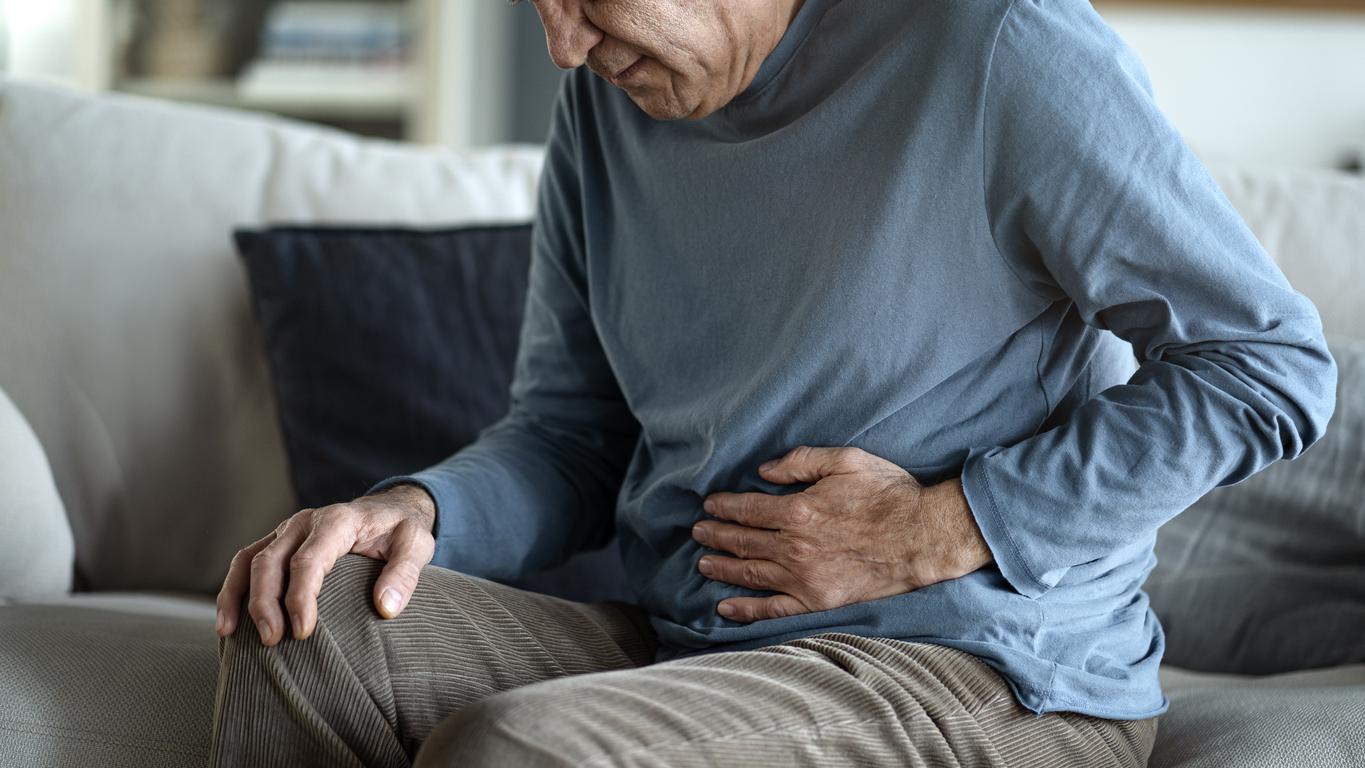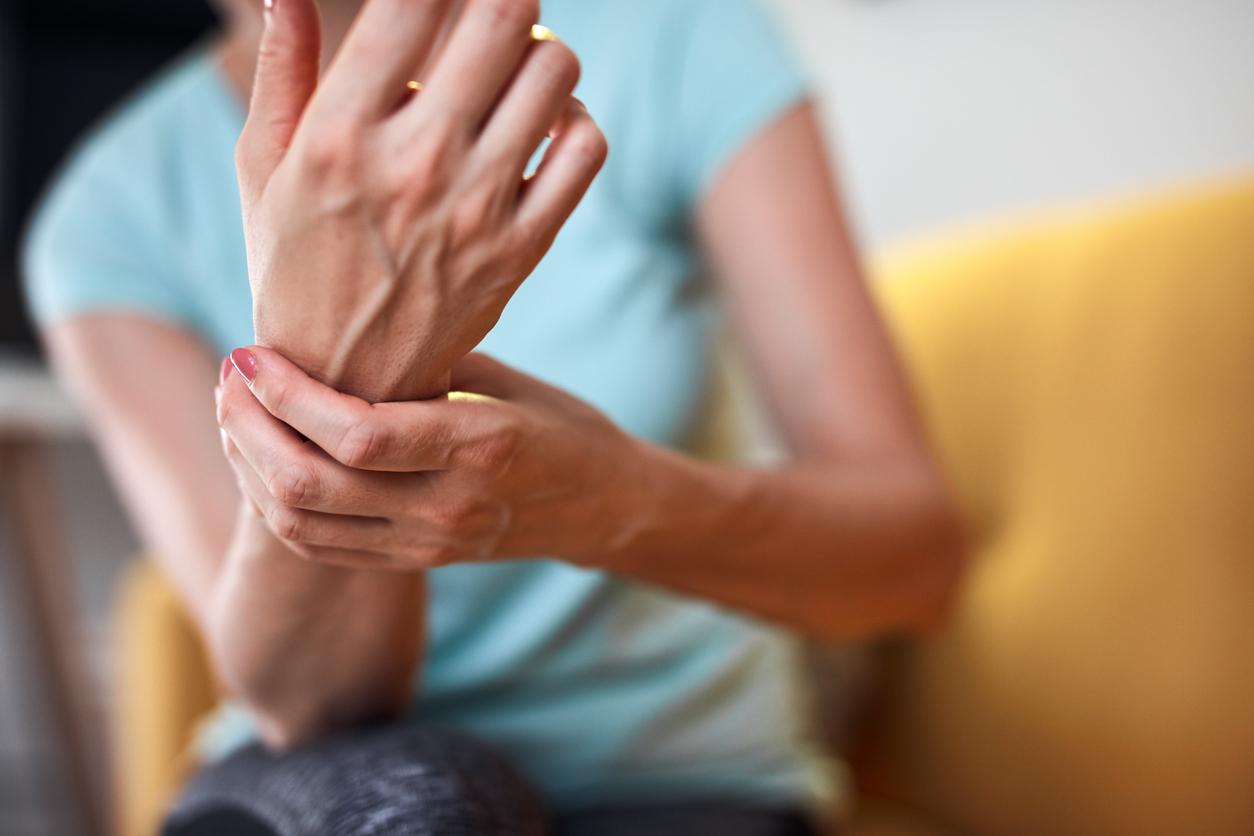In a new campaign, Public Health France encourages the population to replace their usual starchy foods with wholegrain starches and to eat more pulses. The objective being, among other things, to consume more fibre.

Eat pulses and whole grains to fill up on fibre. And above all “Start by improving a dish that you already like”. These are essentially the advice of Public Health France, which, faced with the increase in overweight in the country, is launching this Tuesday, October 22 and for a month a new campaign to invite the French to change their eating habits while still enjoying eating.
This campaign, based on new recommendations updated in January, aims to encourage health-promoting behavior, explains Public Health France on its site. Deployed for a month on television, on social networks and on the mangerbouger.fr website, it offers French people recipe ideas and simple tips for eating better. For health professionals, a poster and a dedicated space on mangerbouger.fr/pro detail these recommendations while giving advice on how to approach them with patients.
Here, Public Health France insists on two categories of nutritionally rich and financially accessible foods: vegetables wholemeal and starchy foods (wholemeal or cereal bread, wholemeal dough and semolina, etc.). Because unfortunately, at present, 60% of adults do not eat whole grain products and 85% consume pulses (lentils, beans, white or red beans) less than twice a week.
The interest of fibers
“Eating pulses more often and replacing your usual starchy foods with whole grain starches, rich in fiber, are two simple measures that are yet very positive for your health,” laments Anne-Juliet Serry, head of the diet and physical activities unit at Public Health France.
Because fiber is essential for the proper functioning of the body. “Today, we are around 17 grams per day for an adult, while we recommend a minimum of 25 grams. The fibers will have different interests: the first is to limit the assimilation of carbohydrates. By having fiber in your diet, you slow down the passage of sugar in the blood. It is beneficial for the weight and to prevent diabetes problems”, continues this doctor, explains the doctor-nutritionist Raphaël Gruman to Europe 1. The slowing down of sugars in the blood makes the feeling of satiety last longer and therefore allows you to last between two meals without snacking on unhealthy snacks.
In addition, Santé Publique France advises citizens to switch to locally produced and homemade foods, to eat more unsalted nuts, to alternate fatty and lean fish and to consume enough, but not too much, dairy products. . Unsurprisingly, it is also recommended to reduce meat, charcuterie (63% of French people exceed 150g per week), alcohol, products and sugary drinks (30% drink more than one glass of sugary drinks per day ), salted products and those with a Nutri-Score D and E. Finally, the organization insists on the importance of regular physical activity. Avoid spending too much time sitting and move as much as possible, it is reminded.
Very marked social and territorial inequalities in overweight
The stakes are very high when we know thatin France 32% of adults are overweight (BMI equal to or greater than 25) and 17% are obese (BMI equal to or greater than 30).
But these rates are not evenly distributed by population. “Social and territorial inequalities remain very marked: 4 times more children of workers than children of executives are obese”, explains the Ministry of Health, which therefore wants to stimulate a territorial dynamic. By 2023, in each department, innovative local initiatives will be promoted and an annual conference organized to share good ideas, explained Agnès Buzyn in September.
The latter has given itself five years to achieve the health objectives defined by the High Council for Public Health (HCSP). The aim will be to reduce obesity by 15% and 20% respectively among adults and those under 18 and to stabilize overweight in all age groups. Another priority and not the least: reduce the percentage of undernourished elderly people living at home or in institutions by at least 30% for those over 80 years old.

.

















